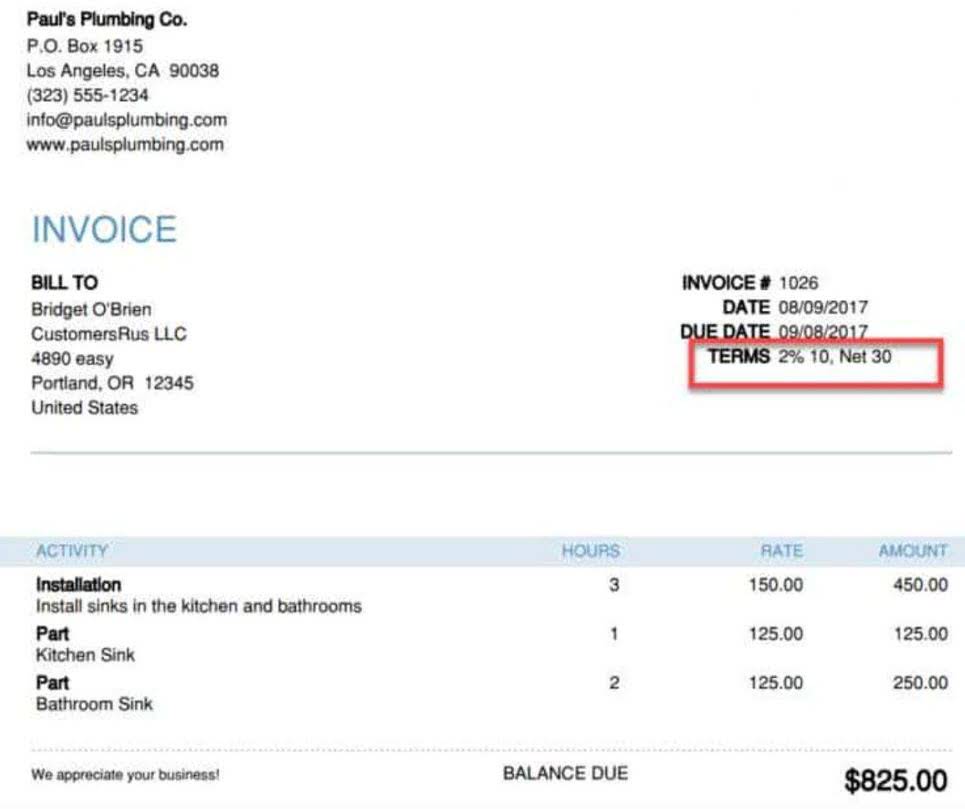Change In Net Working Capital: Formula, Calculations & Guide

Changes in net working capital impacts Operating Cash Flow (OCF) and is recorded on your cash flow statement. The change in net working capital showcase, if your short-term business assets is improving or perhaps decreasing with regards to their short-term liabilities from a one time period to the next. There is a huge importance of net working capital because it represents short-term business assets available to pay the short-term obligations.
- Software companies generally tend to have a positive change in working capital cash flow because they do not have to maintain an inventory before selling the product.
- To calculate the change in net working capital (NWC), the current period NWC balance is subtracted from the prior period NWC balance.
- In contrast, a company with inadequate working capital may struggle to manage work in process, leading to delays and reduced profitability.
- When you visit these sites, you are agreeing to all of their terms of use, including their privacy and security policies.
- Current assets are short-term assets that can easily be converted into cash within a one-year time duration.
- A negative net working capital, on the other hand, shows creditors and investors that the operations of the business aren’t producing enough to support the business’ current debts.
Products
- Change in Working capital cash flow means an actual change in value year over year, i.e., the change in current assets minus the change in current liabilities.
- This makes sense because although it stems from a long-term obligation, the current portion will have to be repaid in the current year.
- This calculation of net working capital fits neatly into the definition of enterprise value, which assumes that the company maintains a suitable level of working capital exclusive of cash and debt.
- This publication is distributed with the understanding that CBIZ is not rendering legal, accounting or other professional advice.
- Banks, investors, and suppliers often scrutinize a company’s net working capital as part of their risk assessment before providing loans, extending credit, or forming partnerships.
- Working capital is calculated by taking a company’s current assets and deducting current liabilities.
Working capital is the amount of money a business has available to cover its day-to-day expenses and operations. It is the difference between a company’s current assets and current liabilities. Current assets include cash, inventory, and accounts receivable, while current liabilities include accounts payable, taxes owed, and short-term debt.

Step #4 = Calculate Changes in Net Working Capital
We have empowered the world’s leading companies, like Danone, HNTB, Harris, and Konica Minolta, to optimize their cash forecasting accuracy, make decisions faster with real-time bank data, and reduce bank fees. Ultimately, changes in net working capital impact a company’s cash flow and financial health, highlighting the importance of monitoring these fluctuations for effective financial management. Companies can forecast future working capital by predicting sales, manufacturing, and operations. Forecasting helps estimate how these elements will impact current assets and liabilities. Current assets are those that can be converted into cash within 12 months, while current liabilities are obligations that must be paid within the same timeframe. The net working capital (NWC) formula subtracts operating current assets by operating current liabilities.

Covering Short-Term Liabilities:

Increasing current assets (cash, receivables) improves NWC, while higher current liabilities (payables, short-term debt) reduce it, affecting liquidity and operational efficiency. This working capital refers to the minimum level of current assets a company must maintain to ensure smooth daily operations. This capital is essential for sustaining the core business functions, such as managing inventory, paying balance sheet salaries, and covering routine expenses.
Account Receivable
An increase in the balance of an operating asset Interior Design Bookkeeping represents an outflow of cash – however, an increase in an operating liability represents an inflow of cash (and vice versa). In fact, cash and cash equivalents are more related to investing activities, because the company could benefit from interest income, while debt and debt-like instruments would fall into financing activities. Please credit the authors, source, and the Federal Reserve Bank of Richmond and include the italicized statement below. Banking products are provided by Bank of America, N.A., and affiliated banks, Members FDIC, and wholly owned subsidiaries of BofA Corp.

DISCLAIMER FOR REPORT

Developed economies (including the U.S.) have since faced growing pressure to provide greater support and protections for negatively affected industries and communities. Free trade — international commerce with minimal barriers such as tariffs or quotas — promotes economic efficiency, growth and consumer welfare by allowing countries to specialize according to their change in net working capital formula comparative advantages. By removing trade restrictions, countries benefit from greater access to a wider variety of goods at lower prices, fostering increased competition, increased innovation and improved productivity. In turn, free trade expands markets, encourages the exchange of ideas and technology, and raises living standards by enabling consumers to purchase a broader selection of goods at lower prices.

Leave a Reply